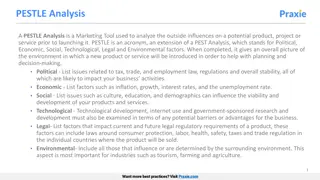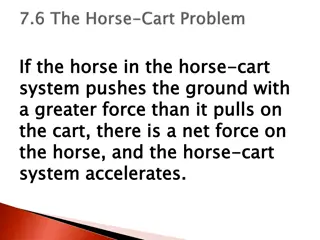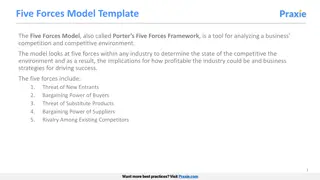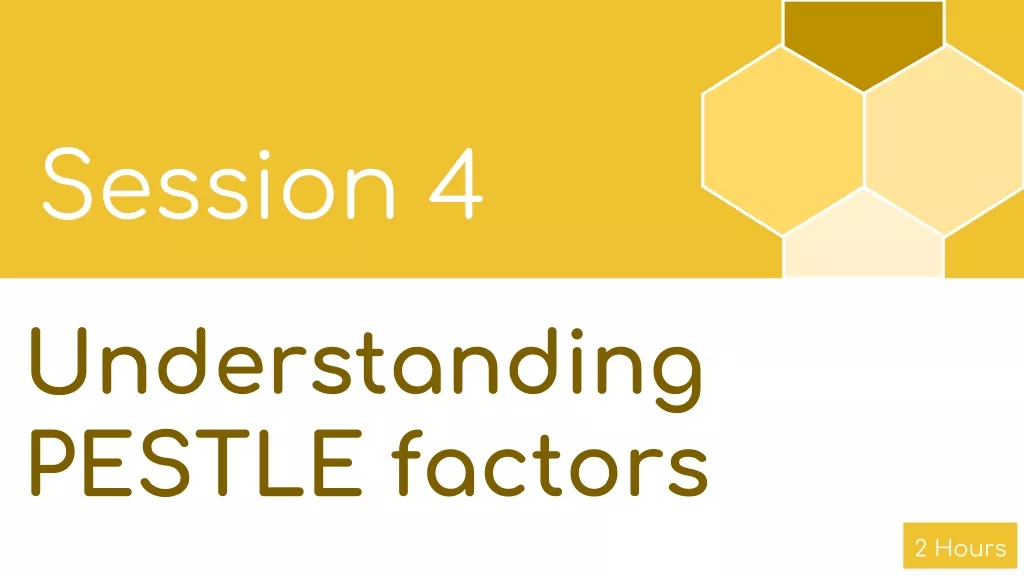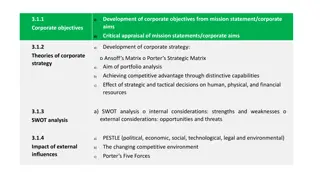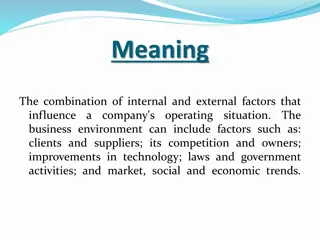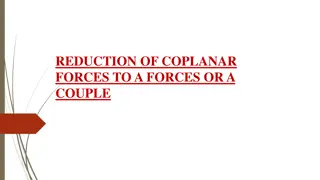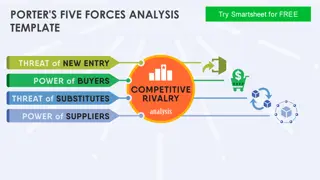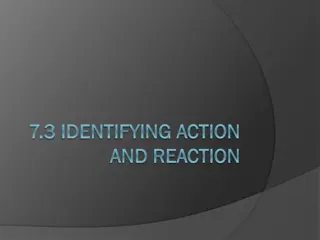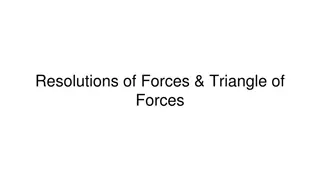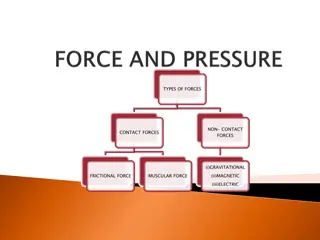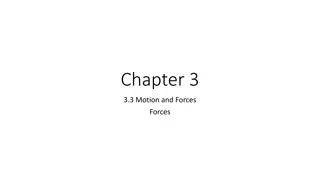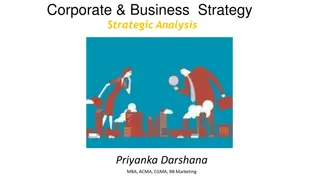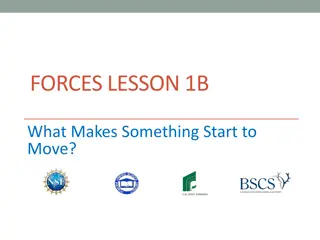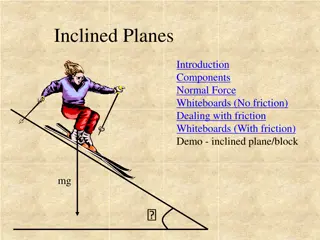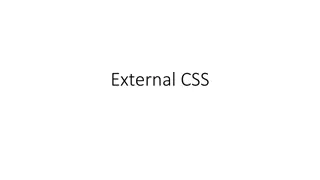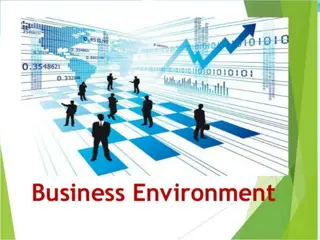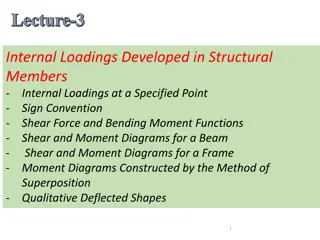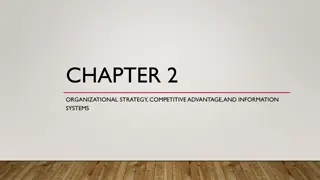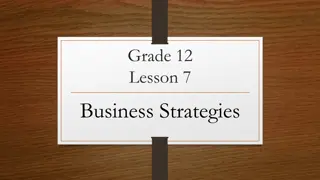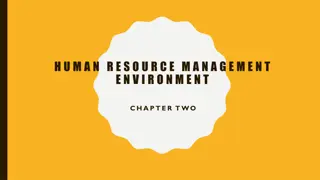Understanding External Influences in Business: PESTLE Analysis and Porter's Five Forces
Explore the impact of external influences on businesses with a focus on PESTLE analysis and Porter's Five Forces. Learn how political, economic, social, technological, legal, and environmental factors can affect strategic decision-making. Discover tools to assess the competitive environment and interpret market forces. Delve into case studies like Starbucks to deepen your understanding of these concepts.
Download Presentation

Please find below an Image/Link to download the presentation.
The content on the website is provided AS IS for your information and personal use only. It may not be sold, licensed, or shared on other websites without obtaining consent from the author. Download presentation by click this link. If you encounter any issues during the download, it is possible that the publisher has removed the file from their server.
E N D
Presentation Transcript
. 3.1.4 Impact of External Influences A Level Edexcel New Specification 2015 Business
From the specification a) PESTLE (political, economic, social, technological, legal and environmental) b) The changing competitive environment c) Porter s Five Forces
Guidance from Edexcel
Lesson Objectives To be able to understand the PESTLE analysis tool To be able to discuss the changing competitive environment To be able to interpret Porter s five forces model To be able to answer sample exam questions based on the topic area
PESTLE (POLITICAL, ECONOMIC, SOCIAL, TECHNOLOGICAL, LEGAL AND ENVIRONMENTAL)
PESTLE analysis This is a business analysis tool that aims to look at external factors and how they may have an impact on the business This aids strategic and tactical decision making, objective setting and helps a business to reach its goals. Political, Economic, Social, Technological, legal and environmental Starbucks example PESTLE analysis here
Read the Starbucks article on the previous page 1) Convert each letter into a picture to help you remember 2) Read through the article 3) Reduce each letter into three key points 4) Which is the most important letter and why? 5) Least important letter and why
P Political A business should examine how they may be affected by: A change in government, BBC article here Government intervention polices Influence of the EU on trading Tax rates (e.g. increase in VAT here) Tariffs (when importing into the UK)
E Economic A business should analyse how they may be affected by An increase in interest rates here An increase in inflation Unemployment rates video here Recession The business cycle
S Social A business should analyse how they may be affected by changes in social factors A change in demographics and its impact on products produced and markets, here Culture mix changes in the UK, here Social trends e.g. Vaping here
T Technological A business could examine the impact of new technologies on their operations, for example; Automation, new robotics and how it can improve productivity Innovations in the industry Research and development in the industry New computer systems Trading online
Legal A business should assess how they may be impacted by changes in legislation for example; Health and safety at work act in terms of PPE and regulations, Guardian article here Data protection Act, article here Sale of Goods Act Sex Discrimination Act
E Environmental A business could analyse their environmental challenges that may face the business; Climate change, caused by farming? See article here Weather (e.g. in farming and tourism) Sustainable production and CSR Disappearance of wildlife, article here
Starter You buy a can of coke every morning. You go to your usual shop and oh no they have run out of coke. What do you have instead?
Porter 5 Forces What are the 5 forces? Apply to the supermarket sector Apply to the fashion sector
Porters 5 forces In 1985 Porter argued that there were 5 forces (or factors) which determine the profitability of an industry. 1. Bargaining power of suppliers 2. Bargaining power of customers 3. Threat of new entrants 4. Threat of substitutes 5. Rivalry among existing businesses
Give an example for each one for Supermarket sector
Bargaining power of suppliers and customers Bargaining power of suppliers; Limit power of suppliers by looking for new suppliers Backward vertical integration and merge or takeover the supplier Bargaining power of customers; Make it too expensive for a customer to switch Forward vertically integrate
Threat of new entrants and substitutes Threat of new entrants; Create barriers to entry to prevent new entrants Heavily advertise to build strong brands Threat of substitutes; Continuously invest in R&D and develop patents Buy up patents of rivals and shelve to prevent product production
Rivalry amongst existing firms in the industry Create a cartel which is illegal but quite commonplace Buy up rivals through horizontal integration Continuously introduce new products to the market Heavily advertise to maintain market share
Why is technological change important? Consider productivity What technology might be involved in making fish products?
Sample question 2 2 marks Case on next slide
Glossary PESTLE; Political, Economic, social, technological, legal and environmental external analysis of a business SWOT analysis; Strengths, weaknesses, opportunities and threats of a business Porter s 5 Forces; Analysis tool for examining ways for a business to gain competitive advantage Barrier to entry; factors which make it difficult for new businesses to enter a market


